In the vast and diverse world of wildlife, few creatures captivate our attention, like deer. These majestic animals inspire awe with their graceful movements, mesmerizing antlers, and intrigue scientists with their unique dietary choices. Have you ever wondered what exactly constitutes a deer’s meal? Join us on a fascinating journey as we delve deep into the nutritional preferences of these enchanting creatures, unmasking nature’s ultimate menu for deer survival.
Prepare to be amazed by the intricate web of plants and vegetation that sustains these magnificent beings in their natural habitats, showcasing how they have adapted over millennia to find the right balance between taste and nourishment.
From delicate browse species to hearty mast crops, this article uncovers it all – offering unparalleled insight into the intriguing culinary world that fuels one of nature’s most iconic animals: the mighty deer! So gather your curiosity, sharpen your appetite for knowledge, and join us as we unveil Nature’s Menu: The Nutritional Preferences of Deer.
The Diversity of Deer Diets: Exploring the Wide Range of Plant Species
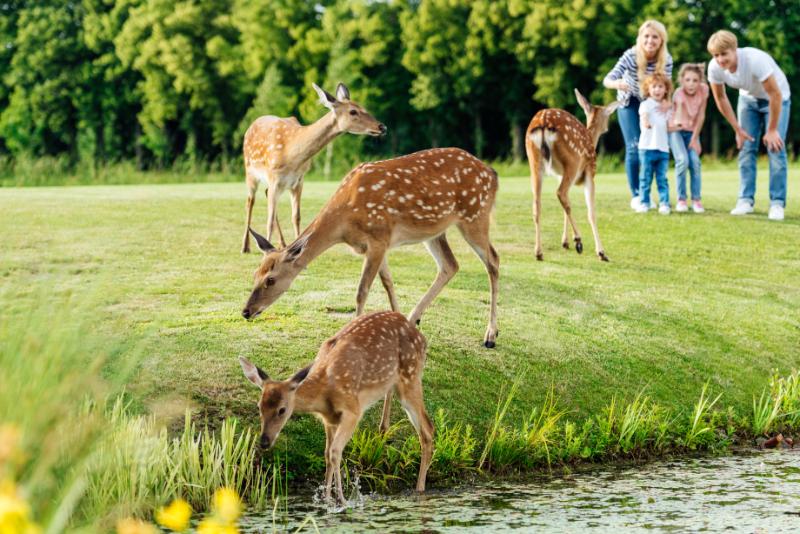
Deers have a remarkably diverse diet, primarily of plant species found in their natural habitats. From grasses and shrubs to fruits and flowers, these majestic creatures graze on various vegetation to meet their nutritional needs.
- Grasses: As herbivores, deer rely heavily on grasses for sustenance. Nutrient-rich and easily digestible, grass is a vital component of their diets.
- Shrubs and Leaves: In addition to grasses, shrubs are another common food source for deer. They consume the leaves for nutrition and as an effective way to hydrate.
- Fruits and Flowers: Depending on the season, deer find nourishment in fruits such as apples and berries. They also enjoy grazing on flowers like dandelions or clovers.
This incredible range of plant species allows deer to adapt their diets depending on availability throughout the year, ensuring they receive the necessary nutrients regardless of seasonal changes. Whether it’s chewing on tender shoots or browsing through woodland foliage, understanding the diversity in deer diets sheds light on how these graceful animals successfully sustain themselves in nature’s carefully balanced menu.
Seasonal Feeding Patterns: Understanding How Deer Adapt to Changing Food Availability
Seasonal Feeding Patterns: Understanding How Deer Adapt to Changing Food Availability
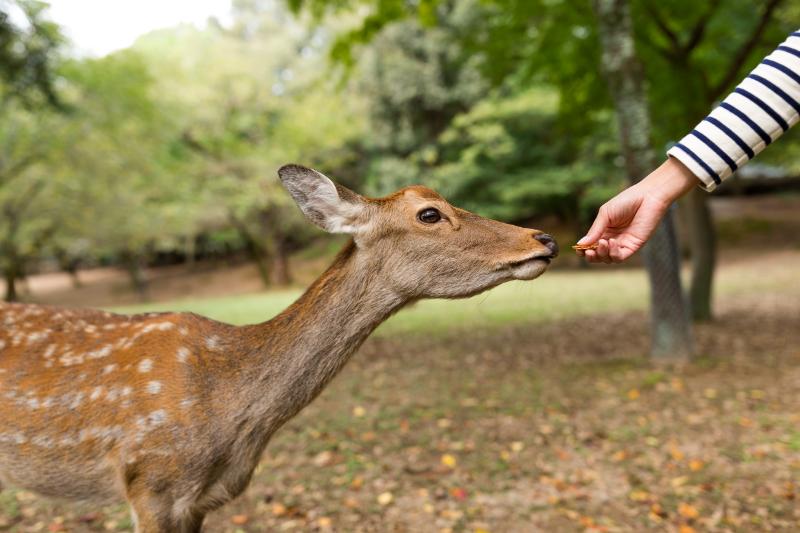
Deer are highly adaptable creatures, capable of adjusting their feeding patterns according to food availability throughout the seasons.
During the spring and summer, deer prefer to forage on fresh vegetation such as grasses, weeds, and flowering plants. These sources provide abundant nutrients that support their growth and reproduction.
However, as fall approaches and these primary food sources diminish, deer shift their preferences towards woody browse. They consume twigs, buds, leaves, and bark from trees and shrubs like oak, maple, and dogwood. This transition allows them to store energy reserves needed when food becomes scarce during winter.
In addition to adapting their diets seasonally, deer adjust where they feed based on the availability of preferred plant species in different habitats or microclimates within their range. Understanding how deer adapt to changing food availability throughout the year can assist us in better managing their habitat for optimal nutrition and population health.
Nutritional Requirements: Unveiling the Essential Nutrients for Deer Health and Growth

#1 Protein
- Protein is a crucial component of a deer’s diet, providing the necessary building blocks for growth and repair.
- Sources of protein include legumes, nuts, and seeds, but vegetation such as clover is particularly rich in this nutrient.
#2 Carbohydrates
- Carbohydrates serve as an energy source for deer, enabling them to carry out their daily activities.
- While some carbohydrates can be found in fruits and vegetables consumed by deer, the majority come from plant-based sources like grasses.
#3 Minerals
- Deer require minerals to maintain strong bones and teeth.
- Key minerals they need include calcium, phosphorus, magnesium, and potassium. These can be found in plants like alfalfa or obtained through mineral supplement blocks.
#4 Vitamins
- Vitamins play essential roles in a deer’s overall health and well-being.
- Vitamin A promotes good vision while vitamin E supports proper muscle function. Both vitamins can be found naturally within leafy greens.
In order to thrive or reach optimal health levels required for reproduction (which may occur when at least 6 pounds of green feed per day are available), it is vital that deer have access to these essential nutrients on a regular basis. By understanding what constitutes an ideal diet for deer – one that includes sufficient amounts of protein-rich vegetation along with carbohydrates derived from various plant sources – you can help ensure their nutritional needs are met throughout all stages of life.
Foraging Strategies: Examining the Techniques Deer Use to Find and Access Food
Foraging Strategies
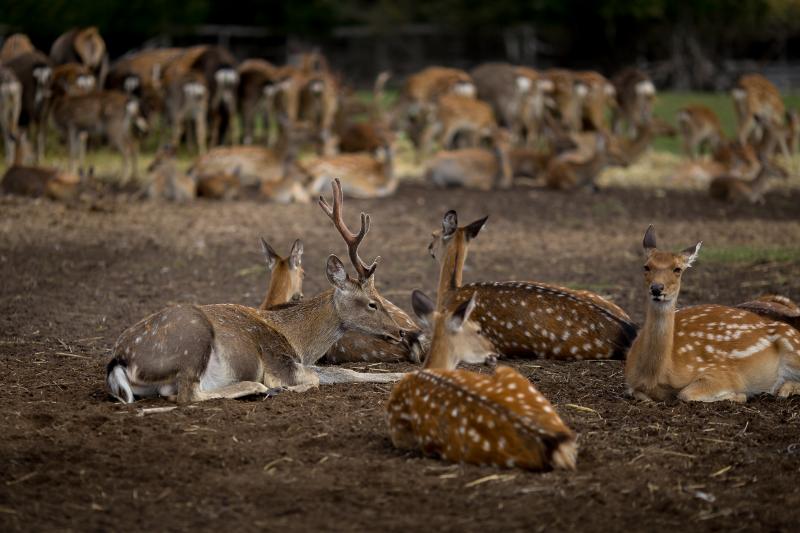
Deer employ various foraging strategies to locate and access their preferred food sources. These techniques allow them to effectively satisfy their nutritional needs in the wild.
- Browsing: One common strategy deer use is browsing, which involves selectively feeding on leaves, twigs, and shoots from shrubs and trees. This allows them to obtain high-quality foliage with a balance of nutrients.
- Grass Grazing: Another foraging technique employed by deer is grass grazing. They will graze on grasses found in meadows or open fields, as these provide an abundant source of carbohydrates.
- Seed Predation: Deer also engage in seed predation by consuming seeds from various plants such as acorns and other nuts. This behavior not only supplements their diet but also aids in forest regeneration through seed dispersal.
By employing a combination of these foraging strategies, deer are able to maximize their nutritional intake while adapting to changes in availability and seasonality of different food sources.
Human Impact: Investigating the Effects of Habitat Loss and Human Interference on Deer Nutrition
Habitat Loss and its Impact on Deer Nutrition

Habitat loss due to human activities has significant consequences for deer nutrition. As forests are cleared for agriculture, urban development, and industrial purposes, the natural habitat of deer is shrinking. The loss of these habitats limits the availability of their preferred food sources such as shrubs, young trees, and grasses.
Human Interference: Altered Food Supply and Nutritional Imbalance
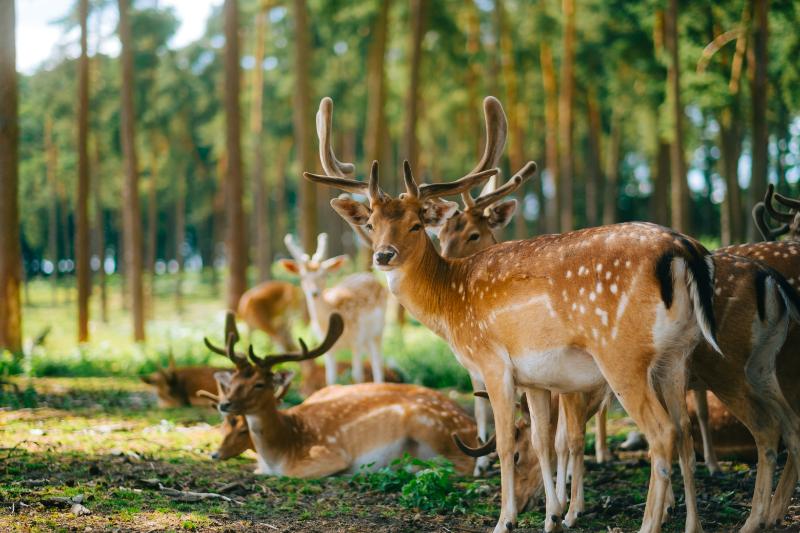
Human interference further disrupts the nutritional preferences of deer. Agriculture practices lead to the cultivation of crops that do not align with their natural diet. Feeding on these non-native plants can cause dietary imbalances in deer populations, negatively impacting their overall health.
List: Effects of Habitat Loss and Human Interference on Deer Nutrition
- Limited access to preferred food sources like shrubs and grasses due to habitat loss
- Dietary imbalance caused by feeding on non-native crops cultivated through agricultural practices
Conservation Efforts: Highlighting Initiatives to Preserve and Enhance Deer Food Sources
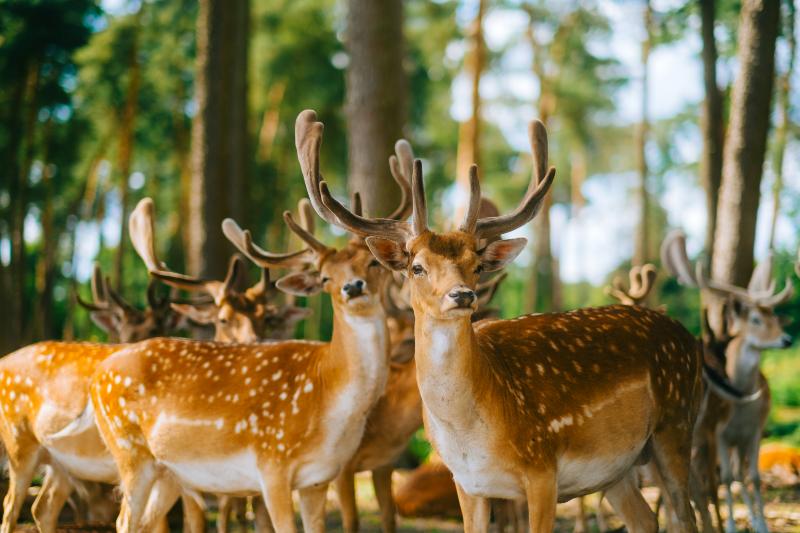
Conservation organizations worldwide have recognized the importance of preserving and enhancing deer food sources to ensure their survival. Here are some notable initiatives:
- Habitat Restoration: Many conservation groups focus on restoring natural habitats by planting native vegetation that serves as a vital food source for deer. By reclaiming degraded land, these efforts aim to provide a sustainable environment where deer can thrive.
- Food Plots: Wildlife managers often establish managed areas known as “food plots” specifically designed to enhance deer nutrition. These plots consist of strategically planted crops like clover, soybeans, or corn, providing an additional source of high-quality food during critical times when natural forage is scarce.
- Hunting Regulations: Responsible hunting regulations play a crucial role in maintaining healthy deer populations while also ensuring the preservation of their food sources. By implementing measures like bag limits and specific hunting seasons, conservationists can strike a balance between harvesting deer for sustenance or sport without jeopardizing the overall ecosystem’s stability.
- Public Education Campaigns: To raise awareness about the significance of conserving deer food sources, numerous organizations conduct public education campaigns at local schools and community events.
- These campaigns emphasize sustainable practices such as minimizing pesticide use near wildlife habitats and avoiding overgrazing by livestock.
- Encouraging individuals to plant appropriate native plants in their gardens or create small wildlife-friendly spaces contributes directly to improving available feeding options for hungry deers.
Through these initiatives focusing on habitat restoration, establishing dedicated food plots, enforcing responsible hunting regulations, and educating the public about conscious choices they can make—conservation efforts strive towards preserving essential nutritional resources necessary for sustaining healthy populations of dear throughout our ecosystems.
Dear wellbeing remains intertwined with maintaining diverse landscapes full of abundant foods from which they may derive proper nutrients levels. From protecting forests against further deforestation, to replanting grasslands and meadows, to establishing well-managed wildlife patches—each of these efforts contributes meaningfully to preserving dear nutrition from the threats posed by climate change, habitat loss or overgrazing by competing species.